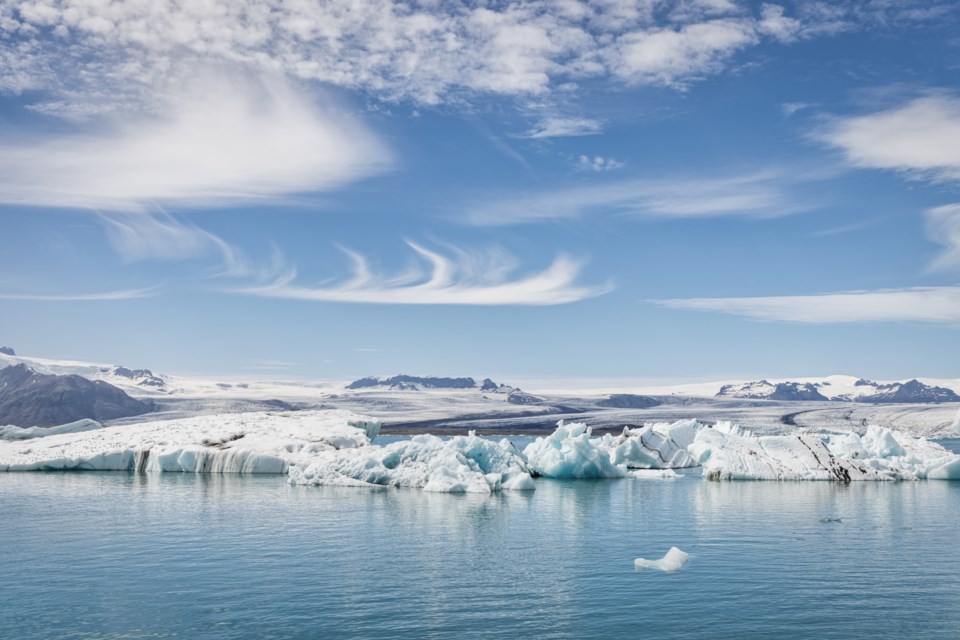Ozone depletion is not a rare occurrence. In fact, it happens every year at the Earth’s North and South Poles thanks to chlorofluorocarbons (CFCs), a human-made compound.
But what is rare, is the realization by residents in the Northern Hemisphere that the increasingly strong ozone loss in the Arctic can affect their climate and livelihoods.
While this loss occurs every year in the Arctic, just like in the Antarctic, David Tarasick, a senior research scientist with Environment and Climate Change Canada, said some years it’s more noticeable.
In 2020, an unusually large amount of cold air forced the largest loss of ozone in the Arctic in recent years.
“That kind of [occurrence] appears to be becoming more frequent,” Tarasick said.
So why should Canadians care? For a number of reasons, apparently.
New research has proven a connection between this strong ozone loss and ensuing climate anomalies in the Northern Hemisphere. These findings, published in Nature Geoscience, could potentially help predict unusual climate events in northern countries, such as Canada.
To make this connection, co-author of the study Marina Friedel said her team developed a model simulation in which the impact of ozone loss can be “switched on and off” to determine its impact on climate.
Friedel said, in an emailed statement, that this important connection proves how monitoring the Arctic’s ozone layer could help predict seasonal climate. Greater accuracy in climate forecasts could help reduce some of the risks people’s livelihoods face from ozone layer loss.
“Better seasonal predictions would be beneficial for a range of different sectors, such as agriculture and renewable energy generation,” Friedel said.
The study states that springtime stratospheric ozone depletion is consistently followed by anomalies in surface temperature and precipitation.
However, while Friedel and her co-authors have proven this connection, using it to the advantage of climate forecasters is still a future endeavour.
“Unfortunately, it is still quite costly to calculate changes in the ozone layer in forecast models,” Friedel said.
Current models use very simplified approaches to calculate the ozone layer in forecasts, Friedel added. She hopes these findings motivate other researchers to develop more realistic representations of the ozone layer to use in climate forecasting.
While Tarasick said ozone depletion is likely to drop significantly in the next 30 to 40 years due to steadily decreasing CFC levels, he predicts things will get worse before they get better.
“I wouldn't be at all surprised to see more [strong ozone loss],” he said. “We've now seen a number of incidents and they appear to be growing in size and severity.”
However, Tarasick said the potential for more accurate climate forecasts that Friedel’s research has just made increasingly possible, could be hugely beneficial.
“Being able to predict an influence on the long-term climate is extremely valuable, even if it's a small influence,” he said.
For now, Friedel and her team plan to continue their research and monitor this climate-ozone connection as climate change continues to occur and CFCs decrease in the atmosphere.




